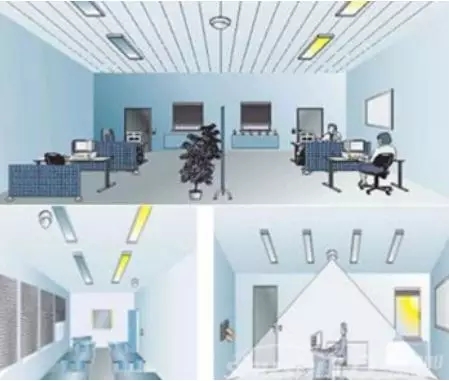With the Montreal Protocol's Kigali Amendment reaching its entry into force last November, the global agreement to reduce hydrofluorocarbons (HFCs) will come into effect on January 1, 2019, July 11-14. On the same day, the Parties to the Montreal Protocol held the 40th Open-ended Working Group (OEWG) in Viana, Austria, to discuss the obstacles and opportunities presented by the implementation of the Kigali amendment.

The annual OEWG meeting organized by the United Nations Environment Programme (UNEP) aims to provide scientific and technical assessments. The 40th OEWG meeting also discussed the agenda for the 30th meeting of the Parties to the Montreal Protocol (MOP30) to be held in Quito, Ecuador, in November 2018.
Improve the energy efficiency of natural refrigerants
Improving energy efficiency while reducing HFCs is one of the core topics discussed at this Vienna conference. In the first two days of this conference (July 9-10), two seminars were devoted to this topic.
Representatives from a number of countries expressed strong interest in assessing the performance, availability and energy efficiency potential of natural refrigerants.
“Some representatives criticized this seminar for being too general in terms of energy efficiency issues and did not pay enough attention to the direct link between energy efficiency and the gradual reduction of HFCs,†wrote the official meeting report issued by the UNEP Ozone Secretariat.
While this workshop focused on the importance of training and system optimization to improve energy efficiency, some delegates emphasized the need to focus on HFC alternatives and the potential of these alternatives to improve energy consumption to fulfill Kigali. The obligations of the parties provided for in the amendment.
The Technology and Economic Assessment Panel, an advisory body to the Parties to the Montreal Protocol, stated that the team would update the report on this topic accordingly. The final report is expected to be submitted during the MOP30 period (November 5-9).
All Parties are obliged to implement their own fluorine-containing gas policies and are seeking to encourage the adoption of alternative refrigerant equipment through financial, training and awareness-raising projects.
While gradual reduction of HFCs, a better analysis of the characteristics of natural refrigerants and the potential for energy efficiency will bring significant market opportunities.
Skip HFCs and transition directly to natural refrigerants
Another key issue at this OEWG meeting is the potential of developing countries that are still phasing out hydrochlorofluorocarbons (HCFCs) to bypass HFCs and directly invest in low-GWP alternative refrigerants.
The meeting also raised a number of issues for further discussion during MOP30, including cost issues for natural refrigerant equipment, related standards and specifications, technical conversions for skilled workers and engineers, and ensuring adequate supply and inventory during HCFCs phase-out. And other issues.
Parties emphasized the need to avoid double conversions, that is, to switch from HCFCs to HFCs and then to reduce HFCs, as this would undermine their country’s commitment to the Kigali amendment in the long run.
The parties agreed to establish a contact group, an informal group of significant interest in development policies related to the subject, to further discuss the issue. The contact group will present its conclusions during MOP30.
Representatives of Burkina Faso, Bahrain, the Gambia, Nigeria and other countries expressed their strong interest in supporting the use of natural refrigerant equipment in their countries.
The growing interest of developing countries in the potential of natural refrigerants also provides a good opportunity to use natural refrigerants more widely around the world. (Compiled from hydrocarbons21.com, Author: Marie Battesti)
USB cables come in different shapes and sizes despite the fact a lot of them do the same things. In this short and handy guide, we`ll take a look at all the different types of USB cables available on the market and give you some examples of where you might find them in use.
USB Type-A, USB Type-B, Mini-USB, Micro-USB, USB-C
USB Cable,usb cable types,usb cable extension
ETOP WIREHARNESS LIMITED , https://www.oemwireharness.com